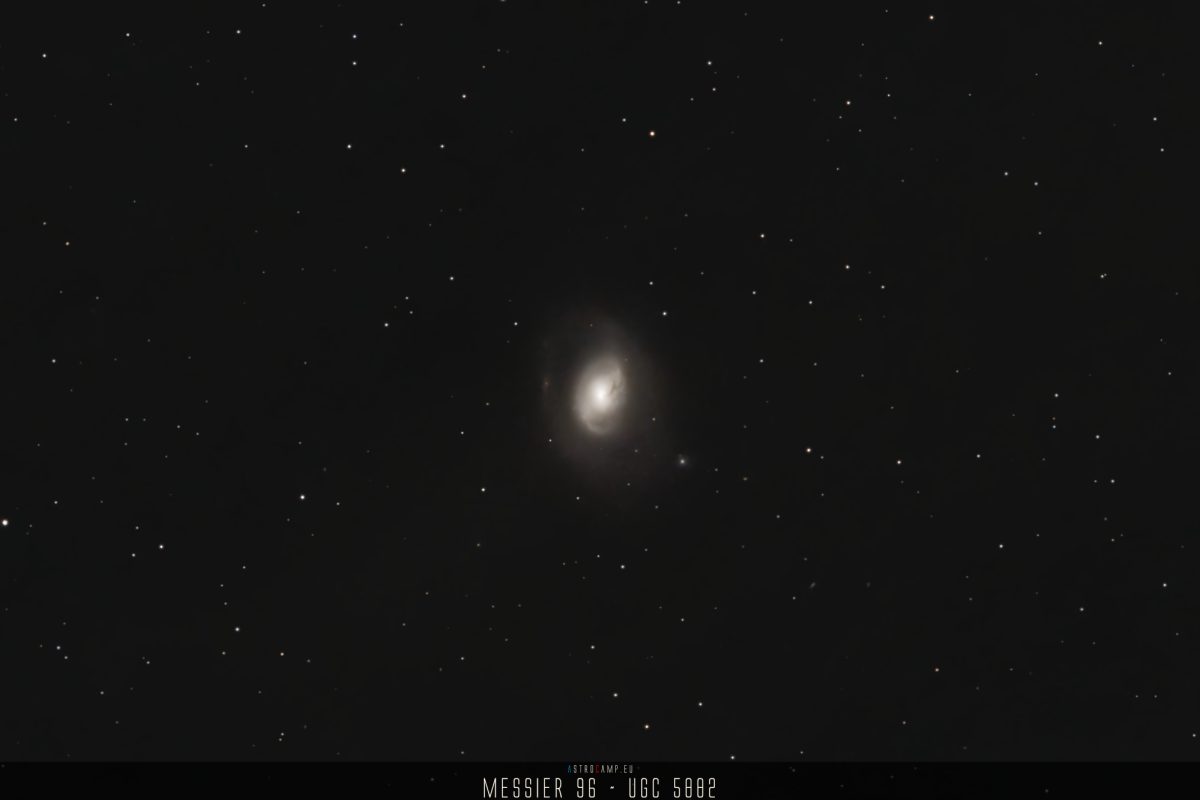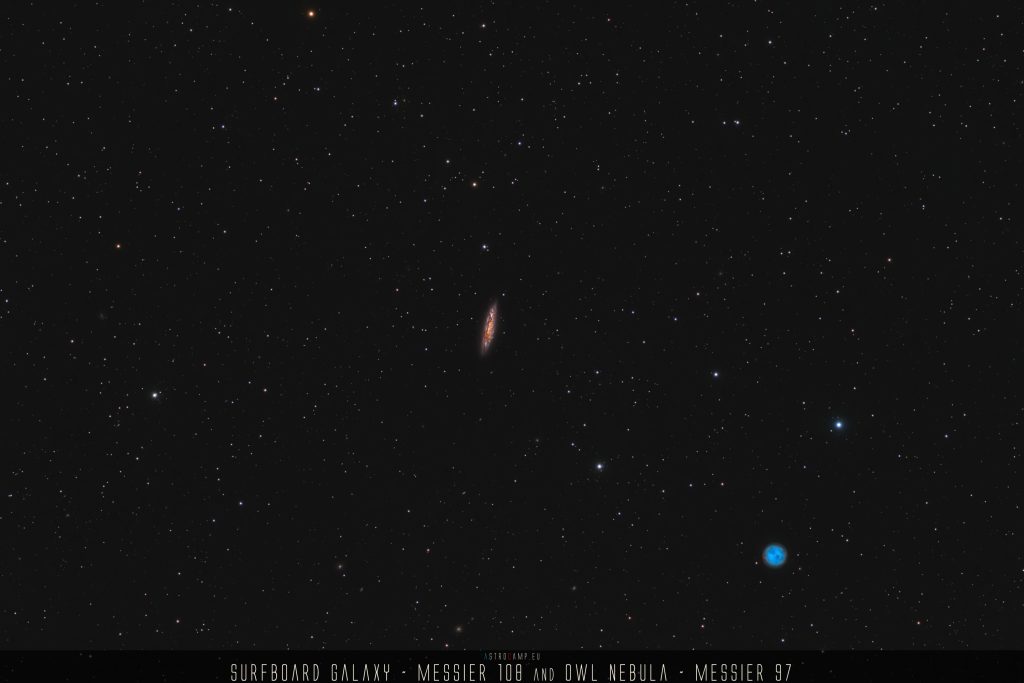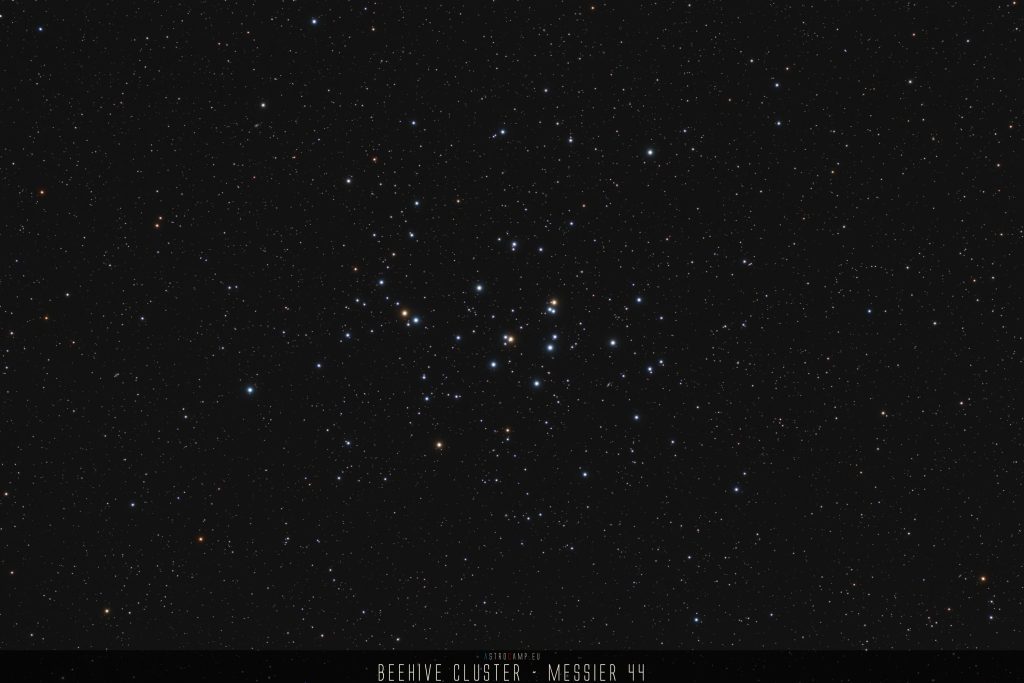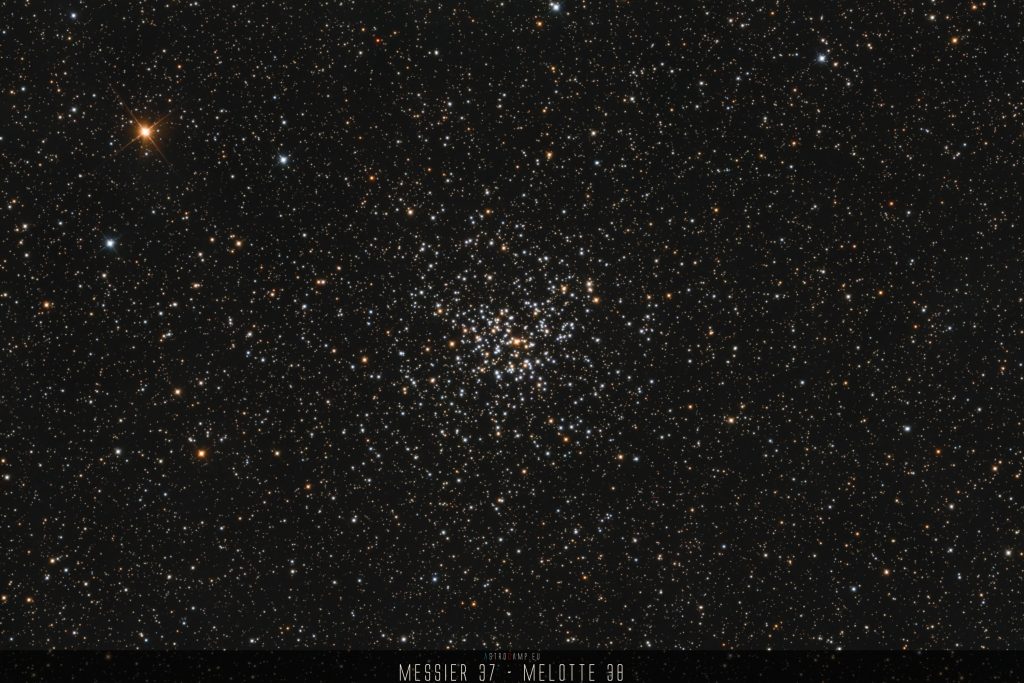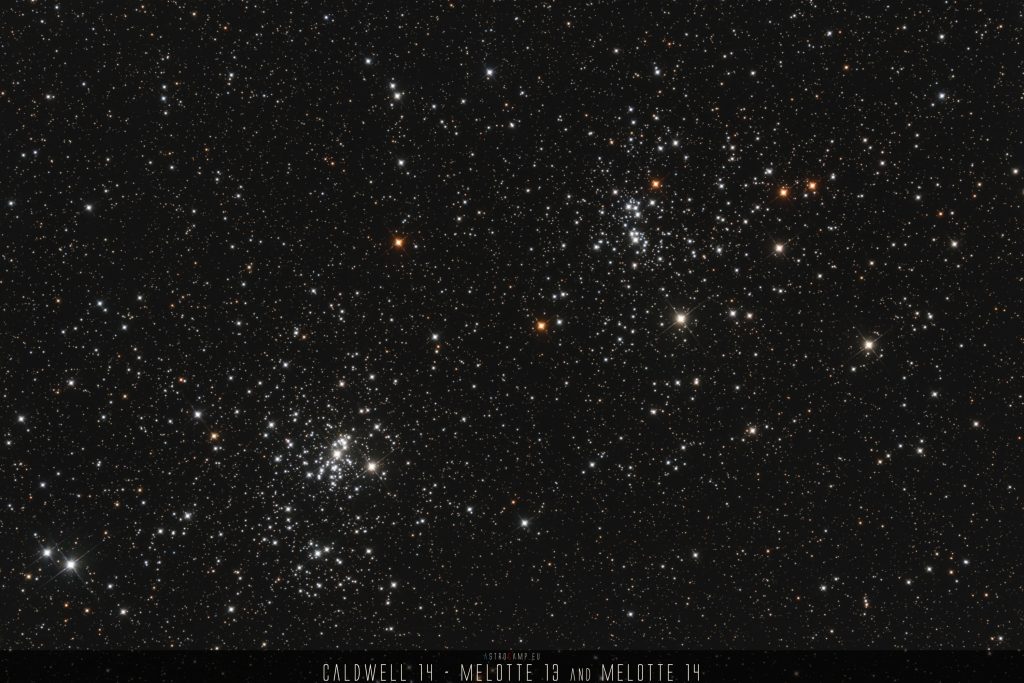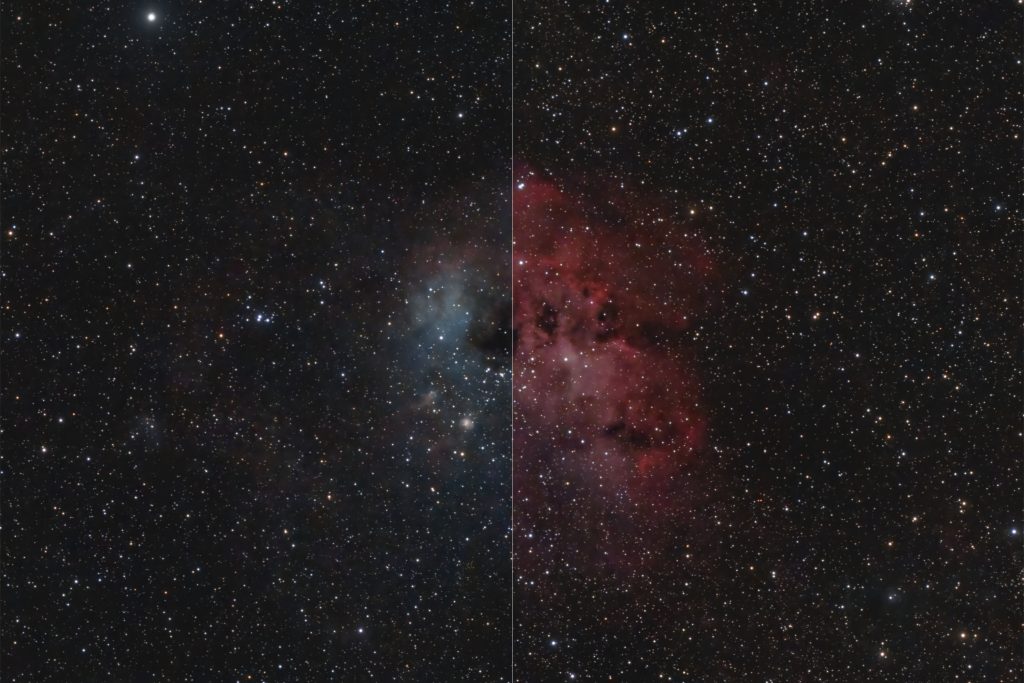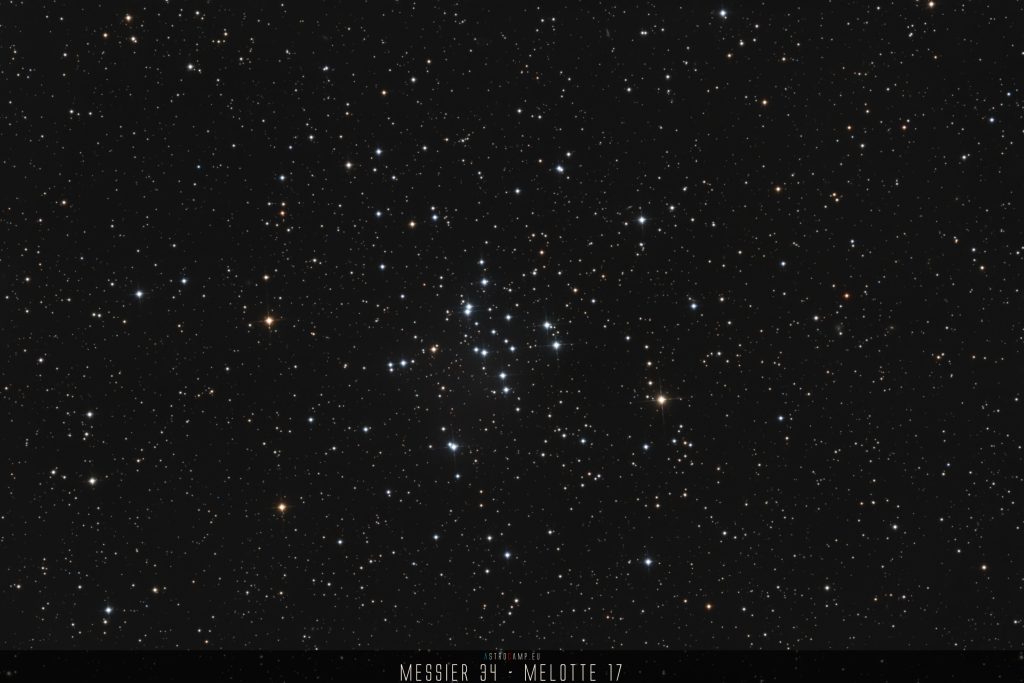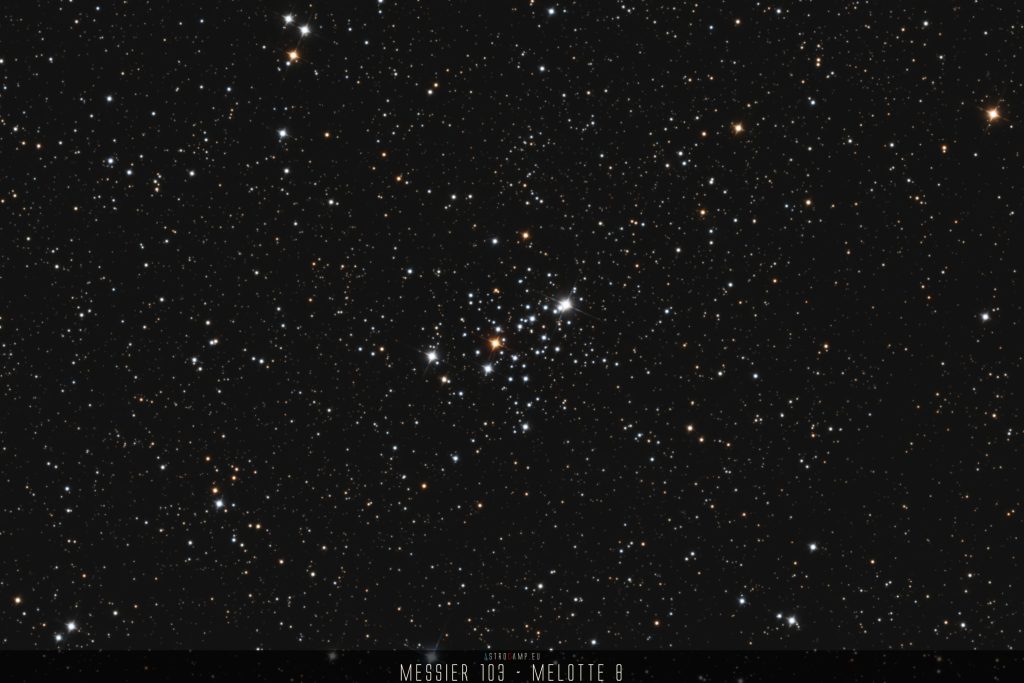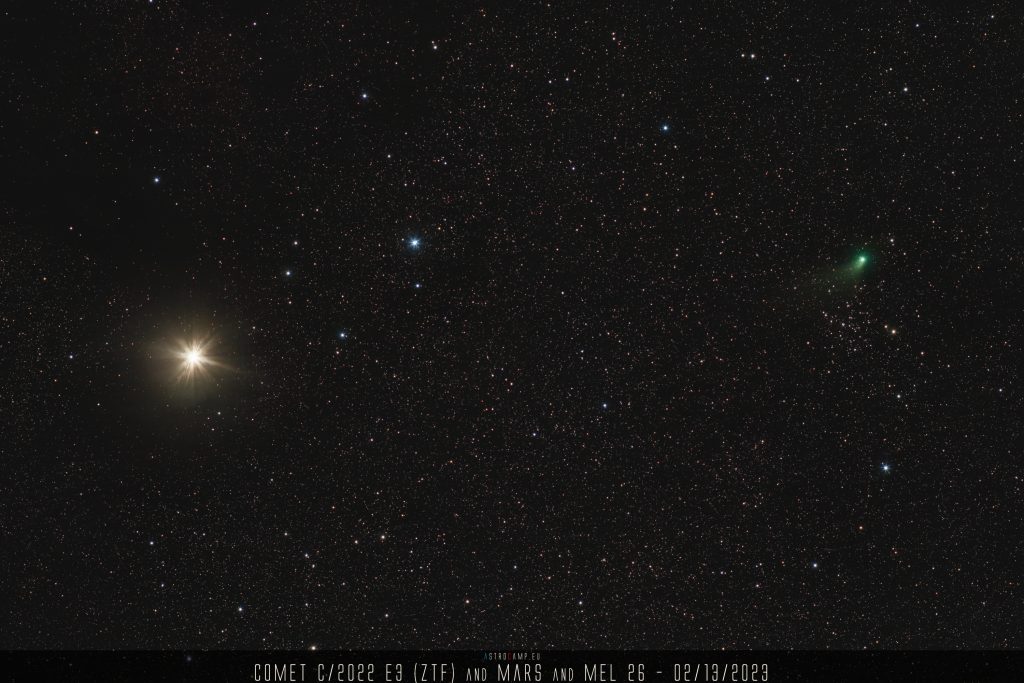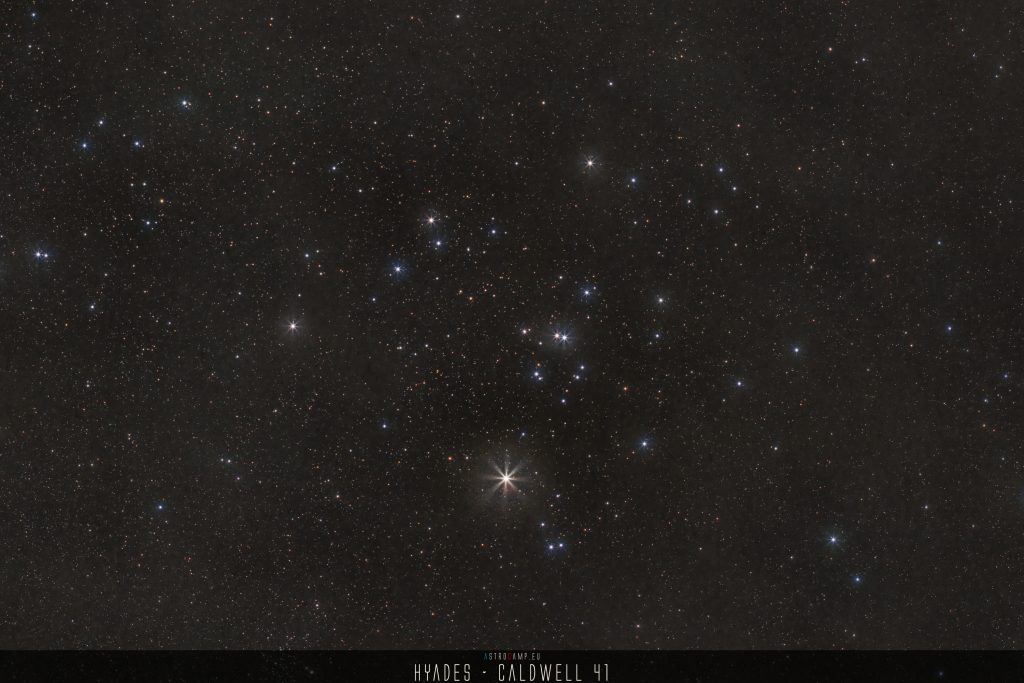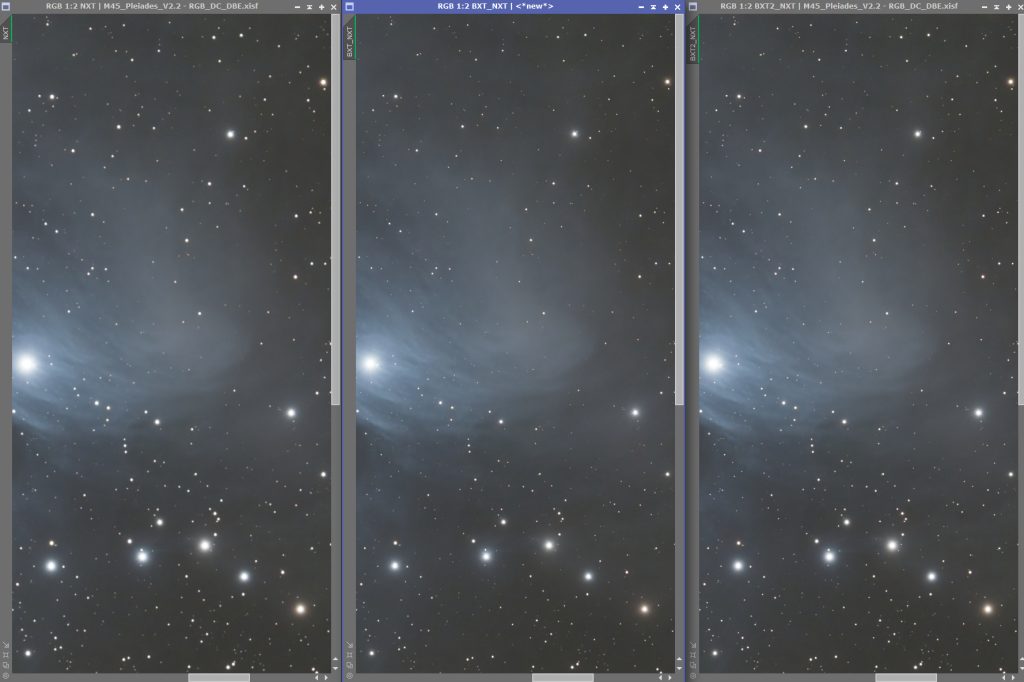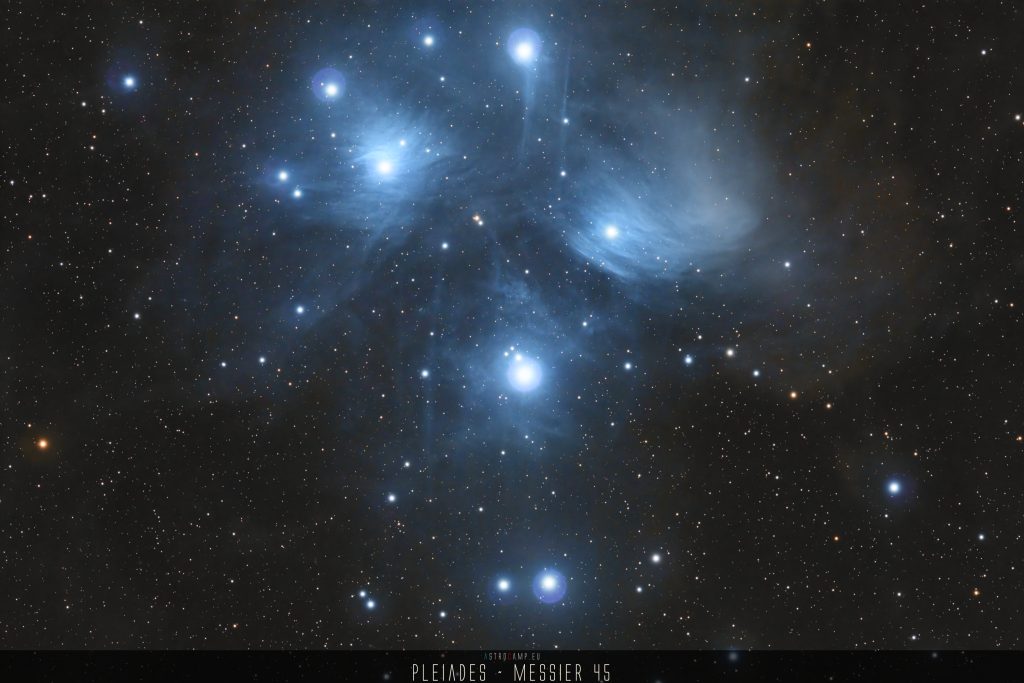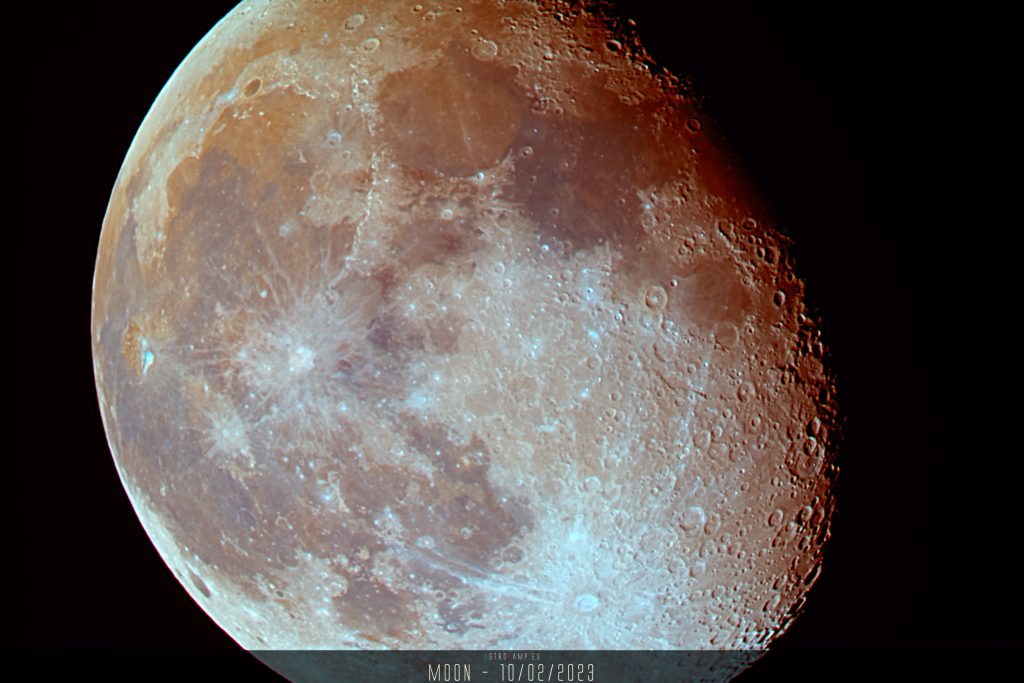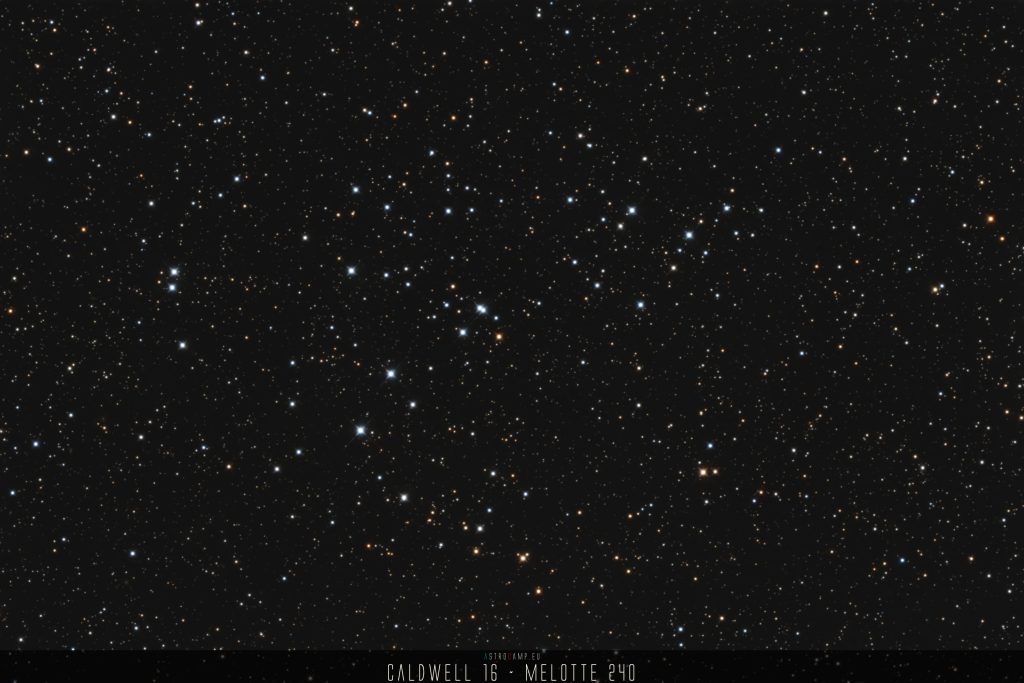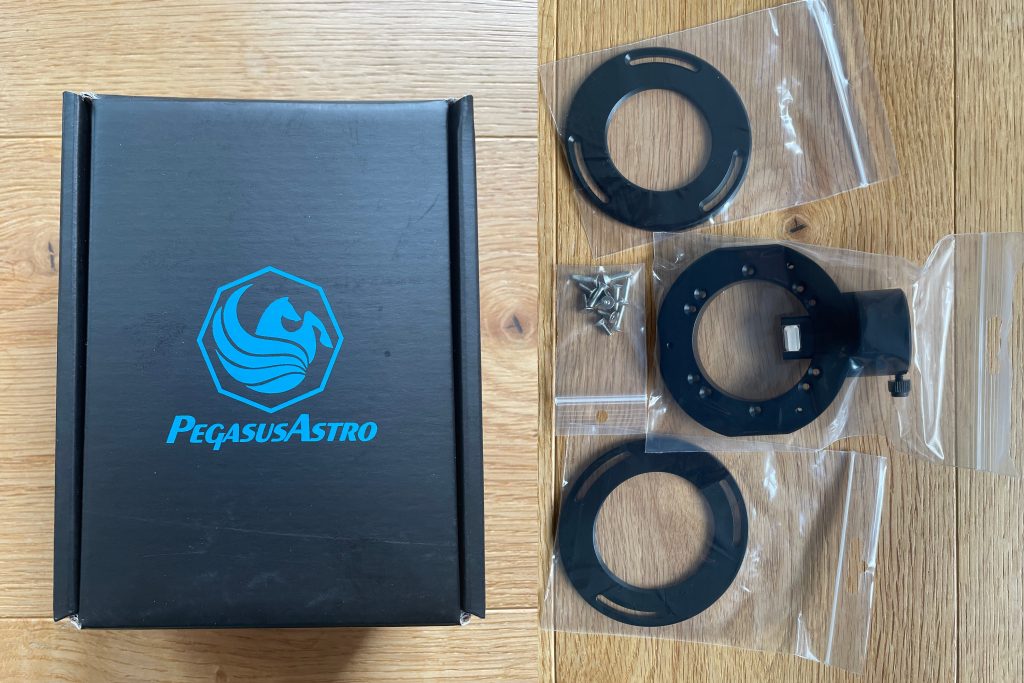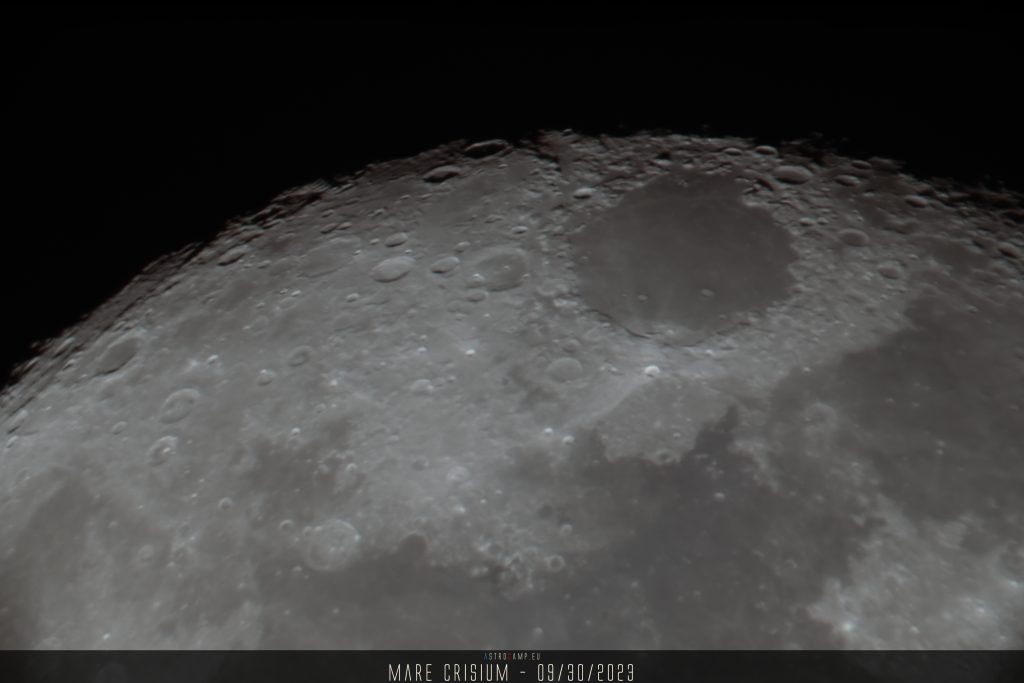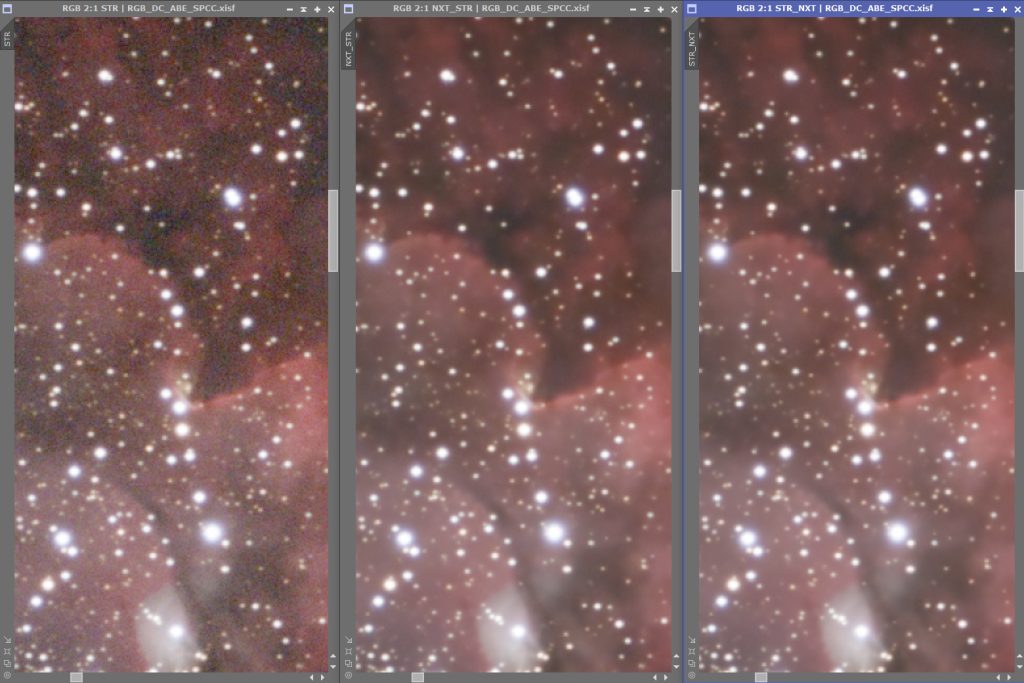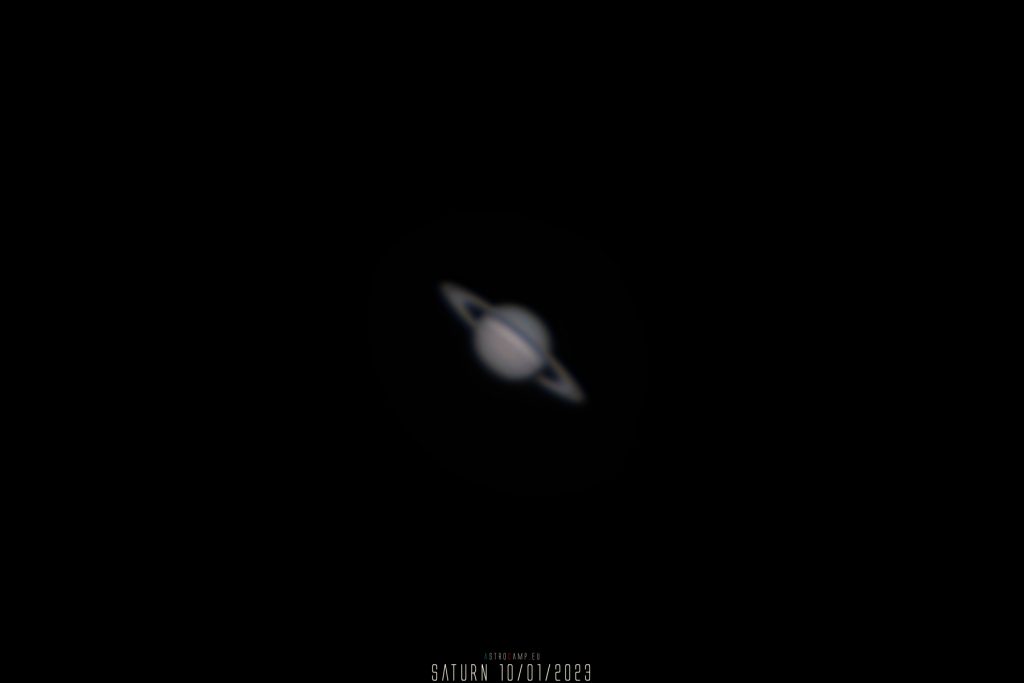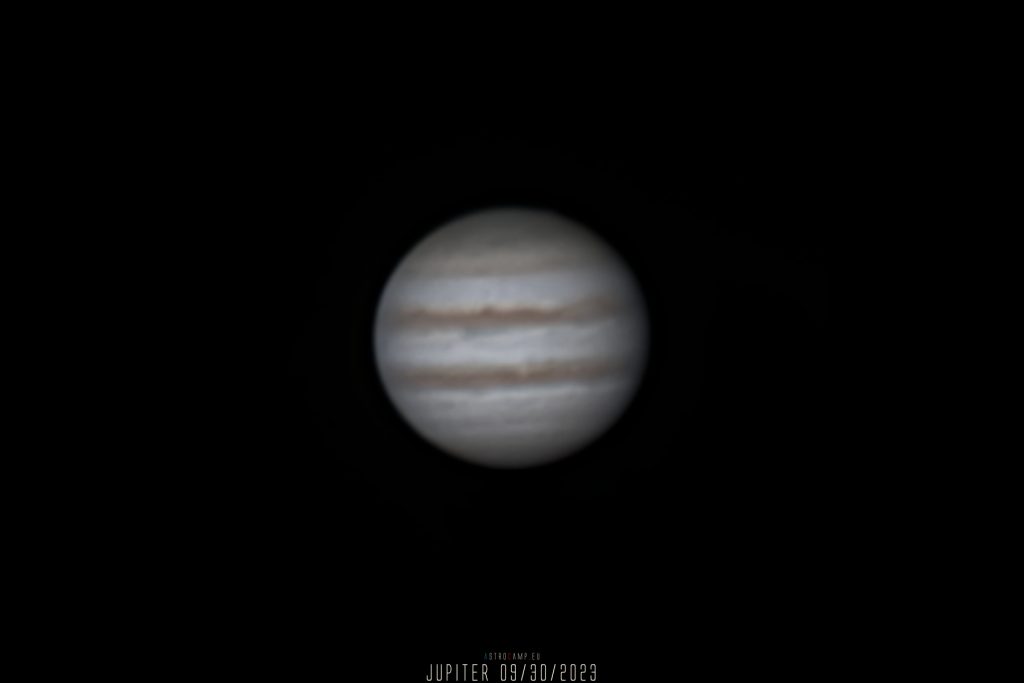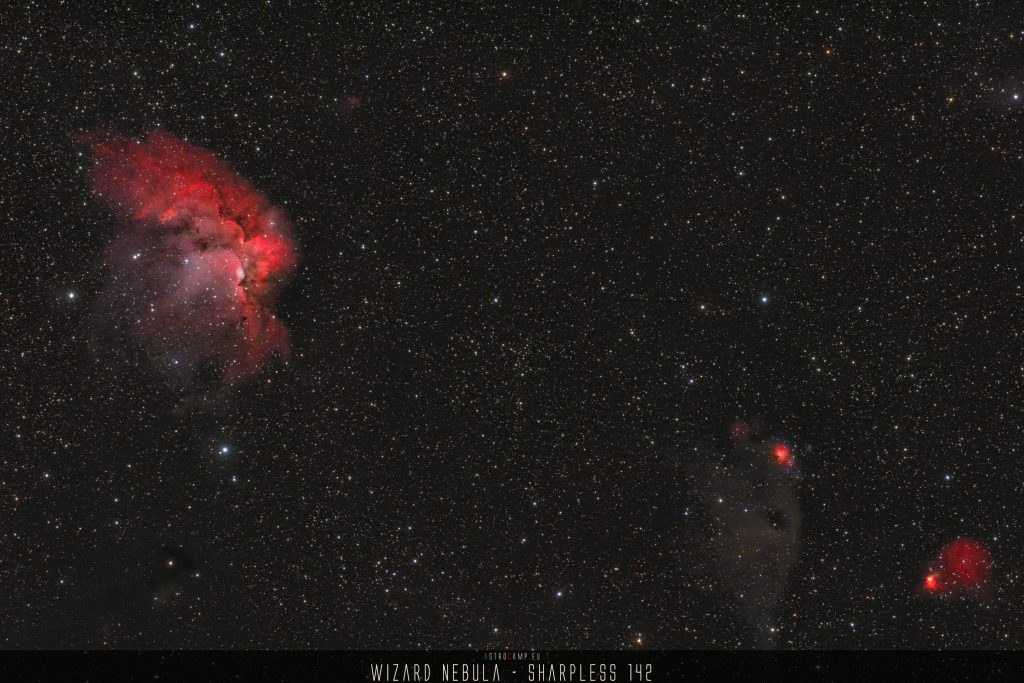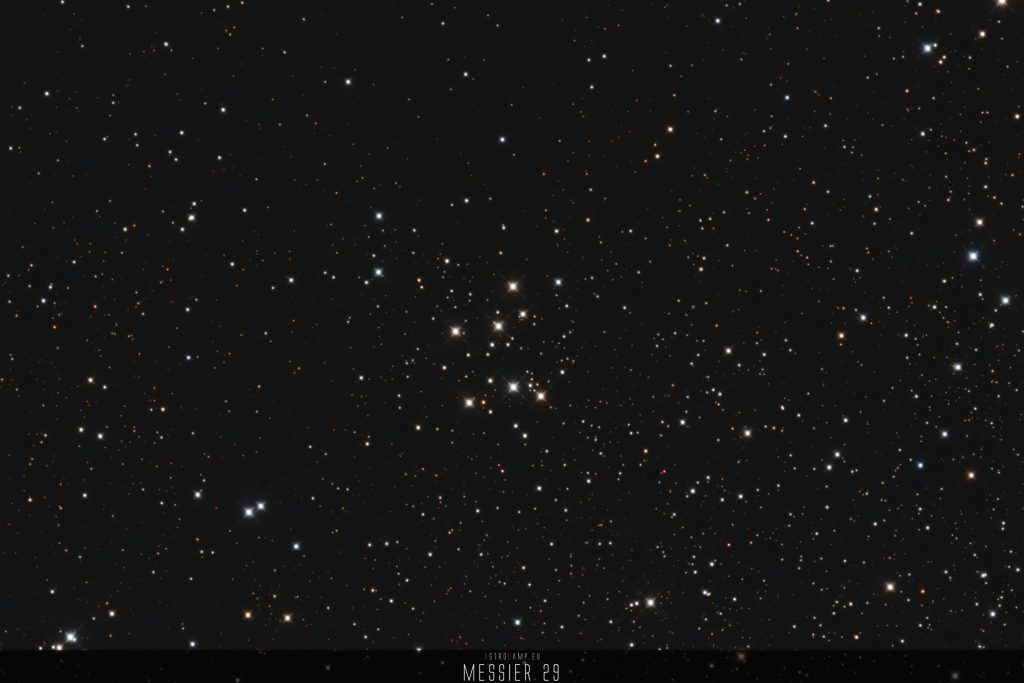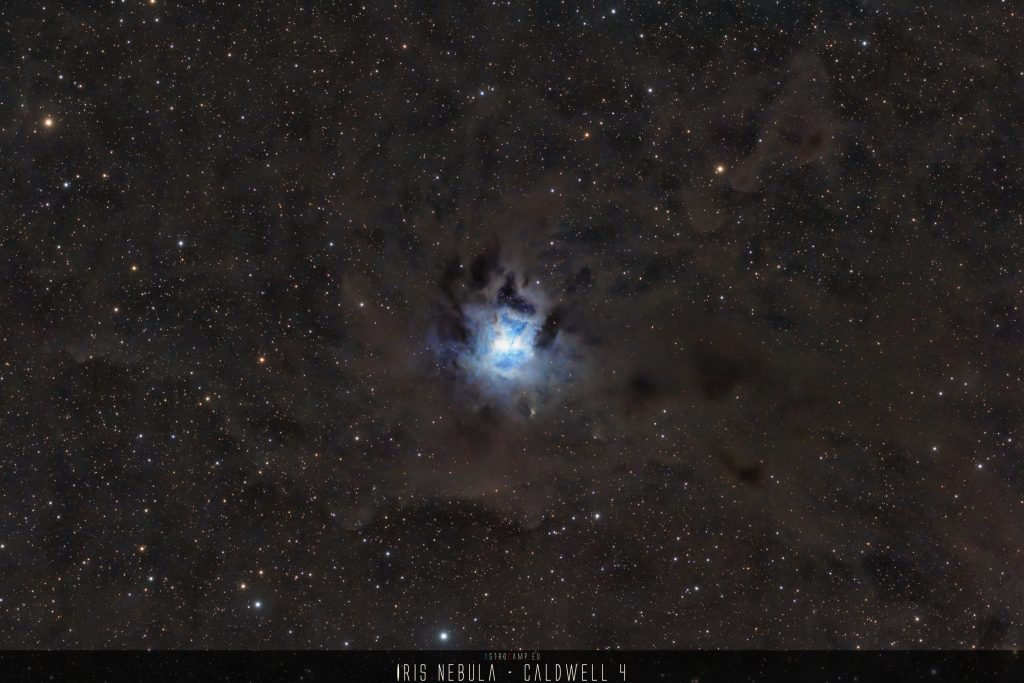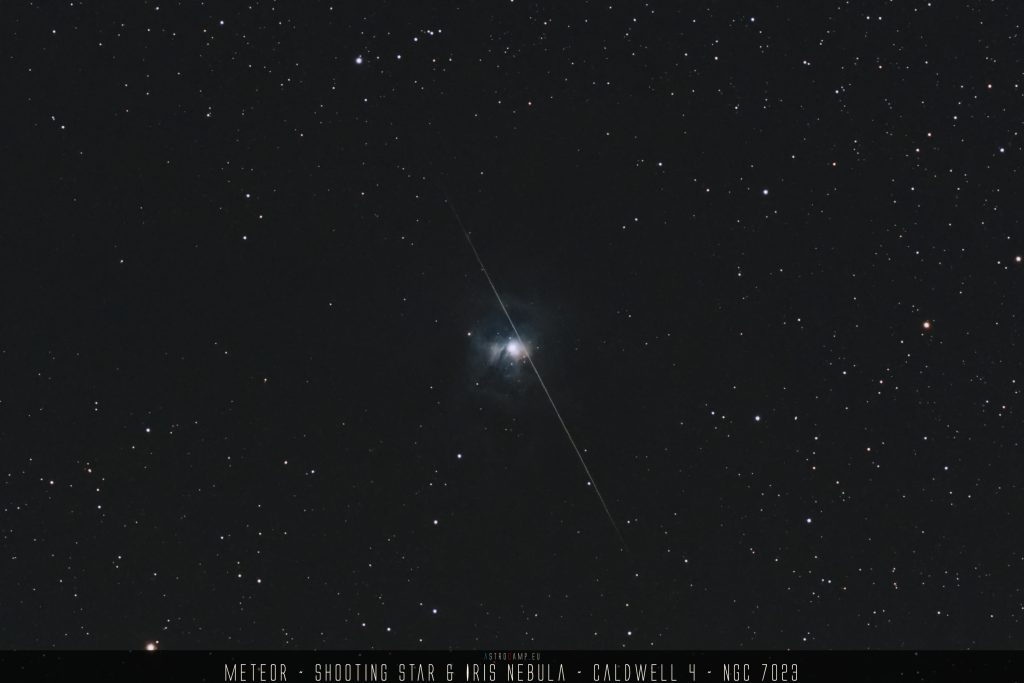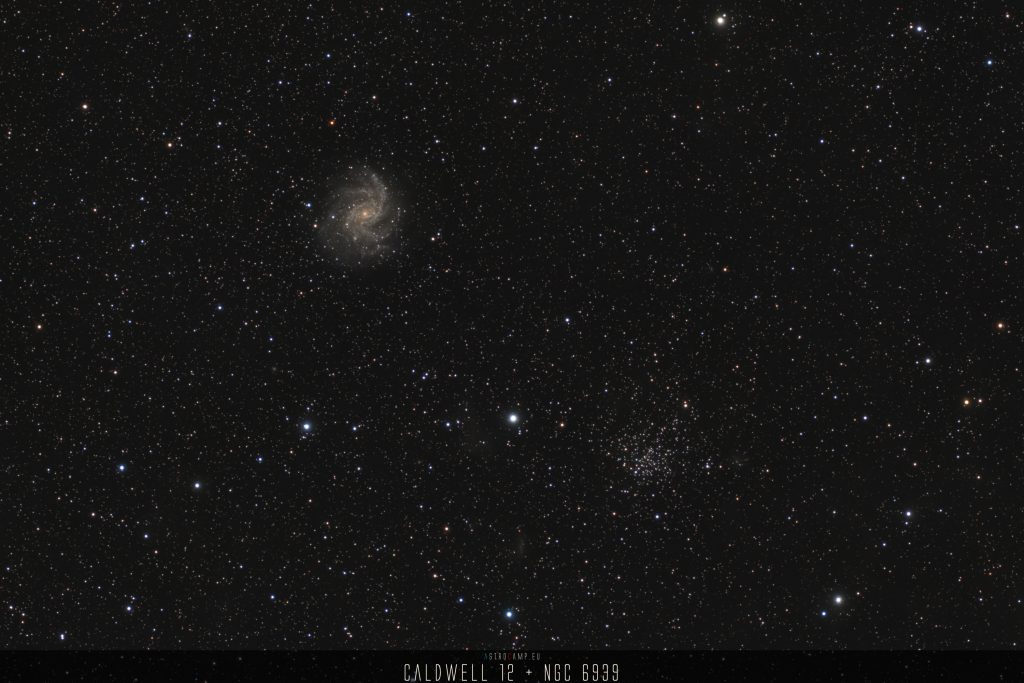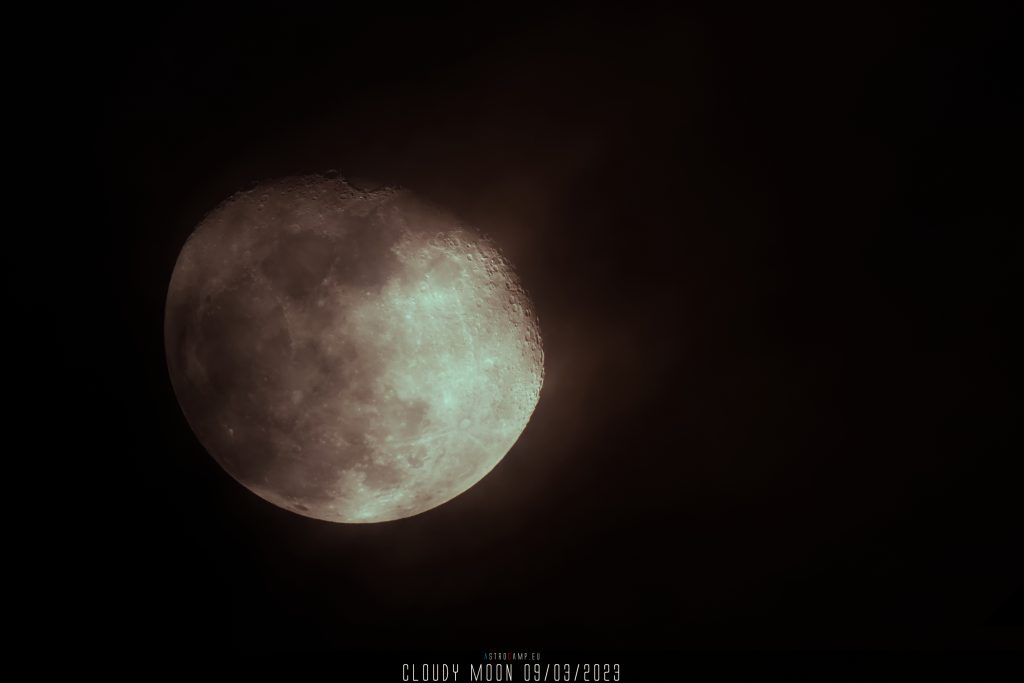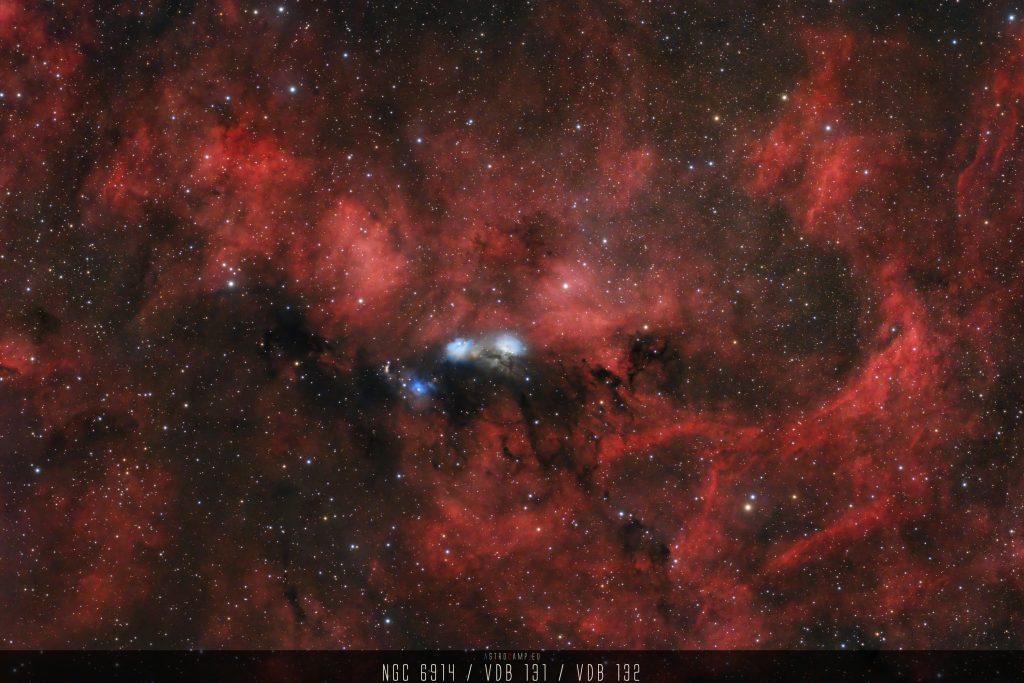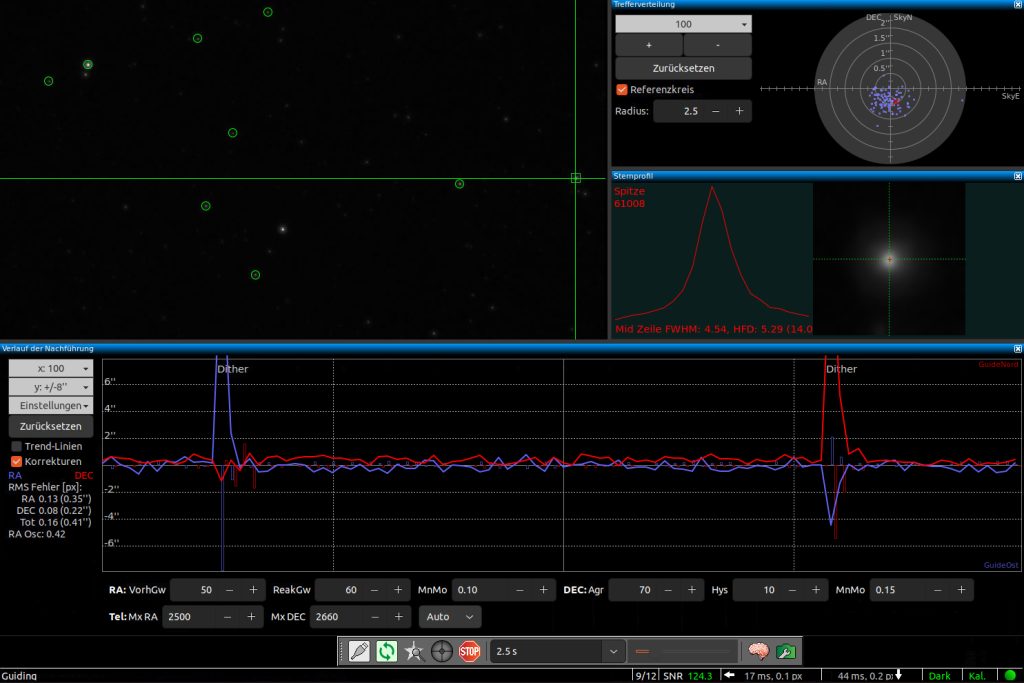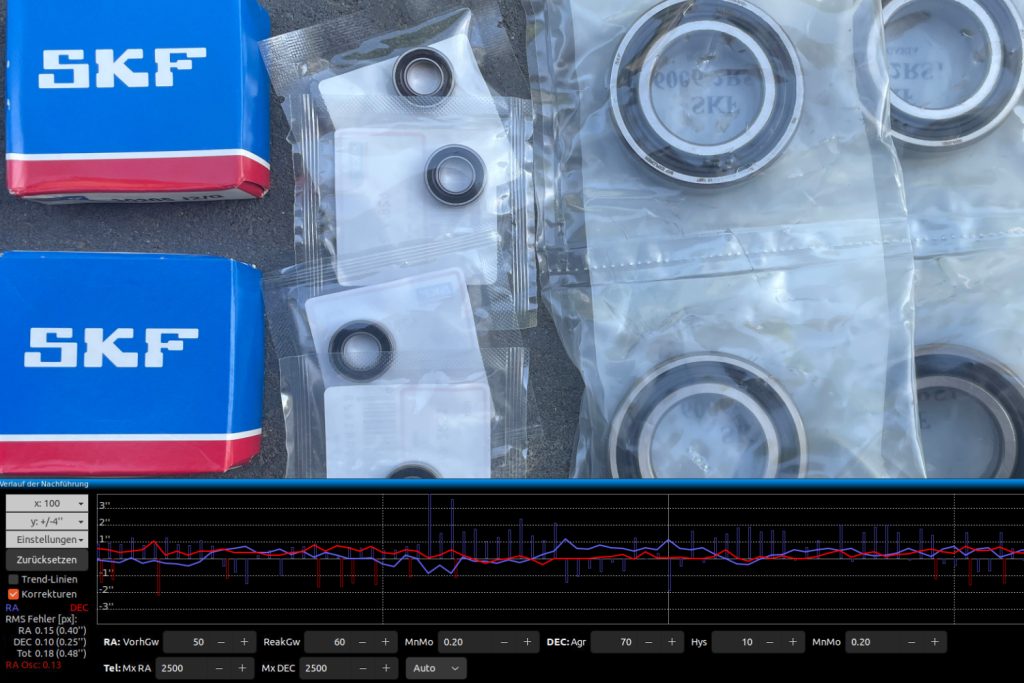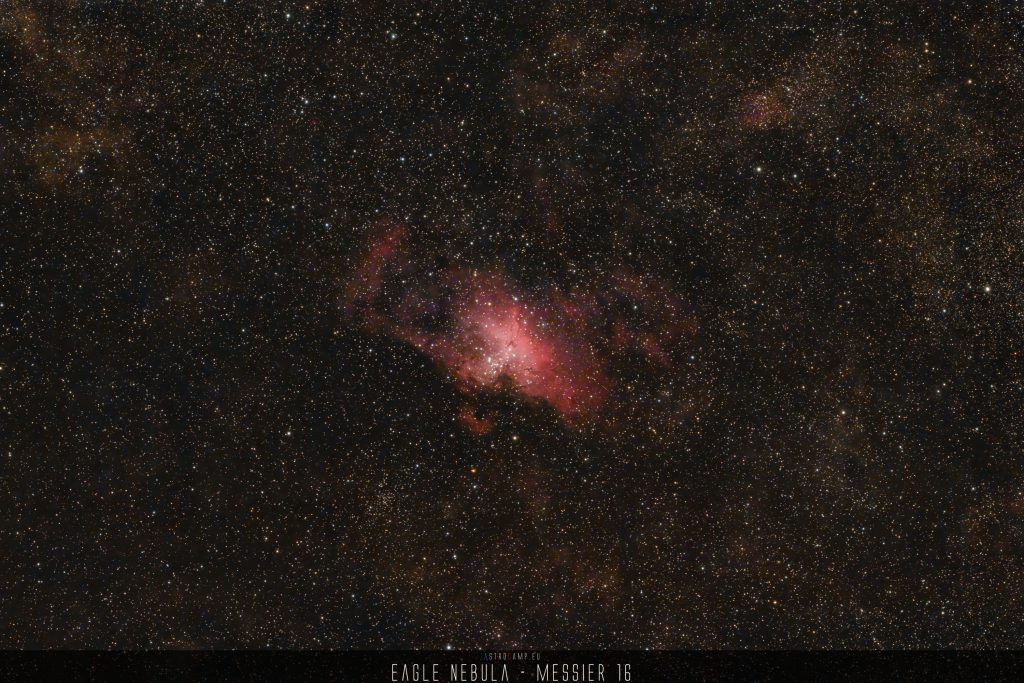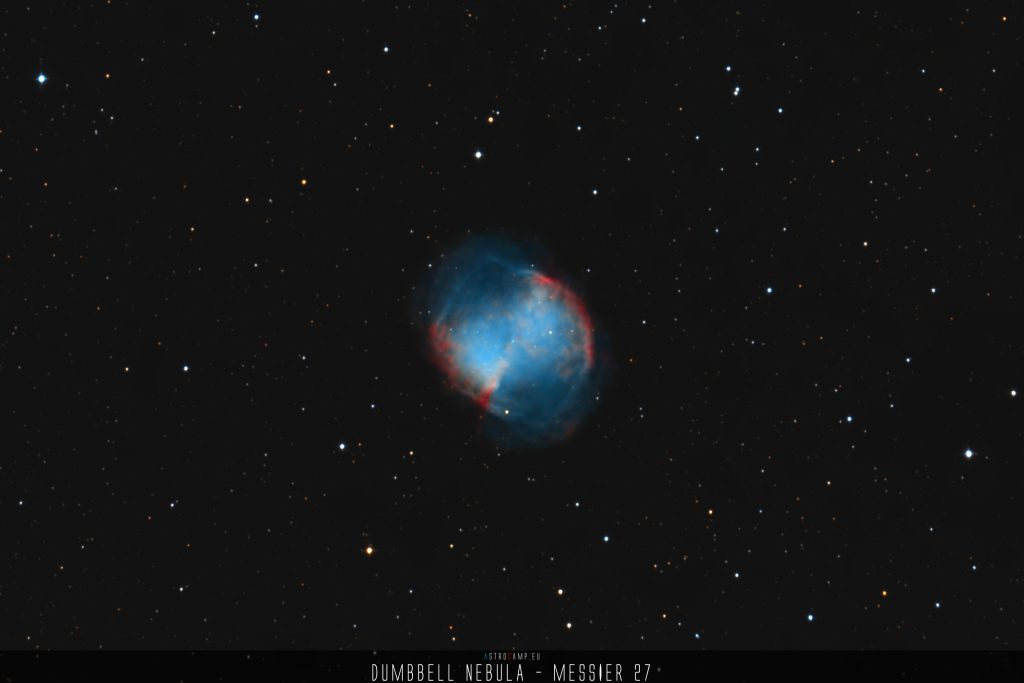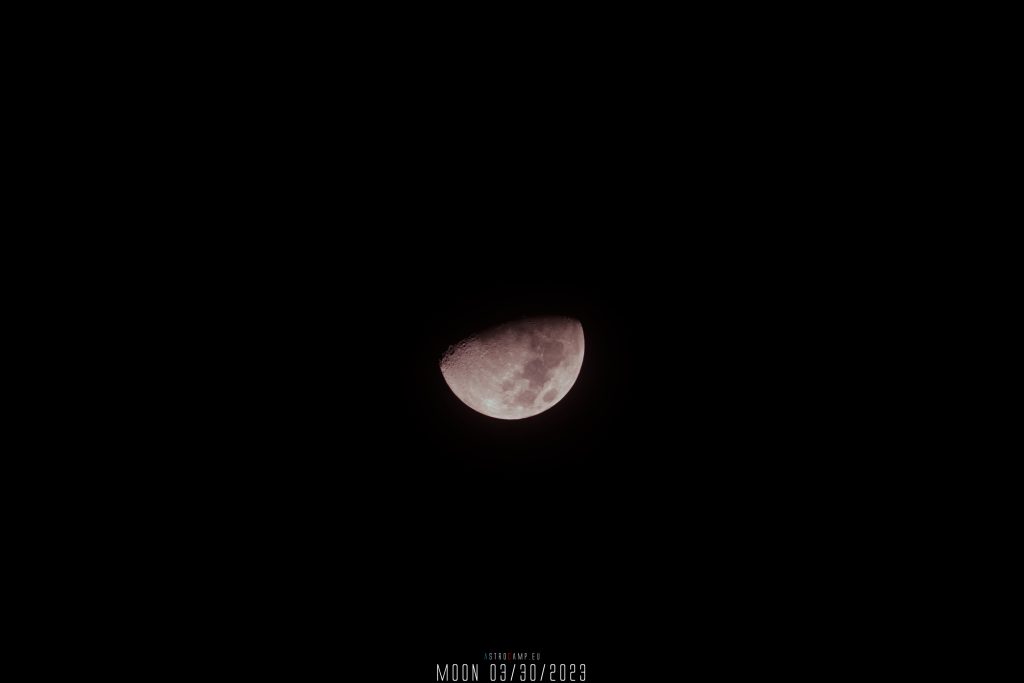Messier 96, also known as M96 or NGC 3368, is a spiral galaxy located approximately 31 million light-years away in the constellation Leo. It is notable for its asymmetric spiral arms and a bright central bulge.
Location and neighborhood.
Messier 96 can be found in the constellation Leo (the Lion). Specifically, it lies in the eastern part of Leo, not far from the border with the constellation Sextans. Its coordinates in the sky are approximately right ascension 10h 46m and declination +11° 49′, making it visible from most locations in the Northern Hemisphere during the spring months.
The cosmic neighborhood of Messier 96 includes its parent galaxy group, the Leo I Group. This group consists of several galaxies, including M96’s close neighbors, such as M95 and M105. These galaxies are gravitationally bound to each other and often interact dynamically.
Unique facts
- Asymmetric Spiral Structure: Unlike some spiral galaxies with symmetrical arms, Messier 96 displays an asymmetric spiral structure. Its spiral arms appear to be irregular and distorted, possibly due to gravitational interactions with nearby galaxies.
- Bright Central Bulge: At the center of Messier 96 lies a bright, prominent bulge. This central region is likely composed of older stars and may also harbor a supermassive black hole.
Brightness and size
Messier 96 has an apparent visual magnitude of around 9.2, making it relatively bright and observable with amateur telescopes under dark sky conditions.
In terms of its distance from Earth, Messier 96 is located approximately 31 million light-years away from us.
The size of Messier 96 is about 100,000 light-years in diameter, making it comparable in size to our own Milky Way galaxy.
In terms of angular size, Messier 96 appears relatively small in the night sky. Its angular diameter is approximately 7×5 arcminutes.

